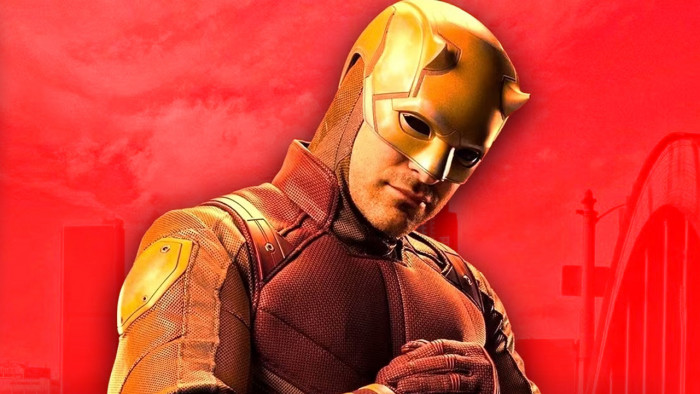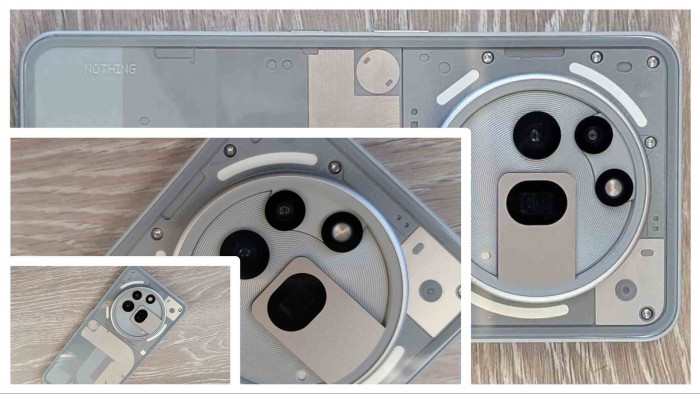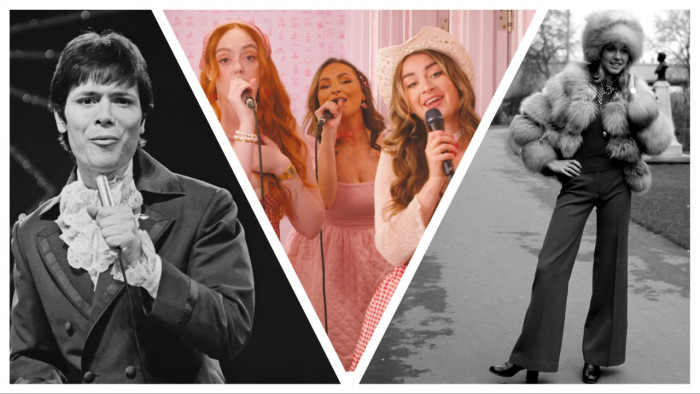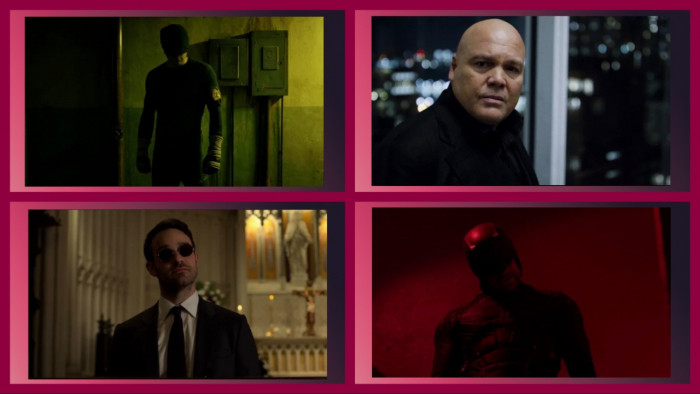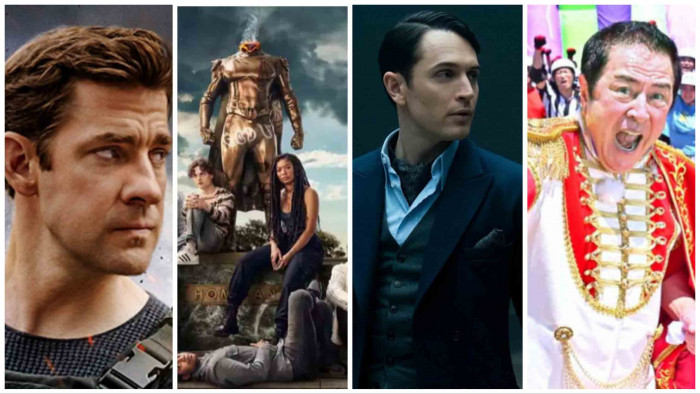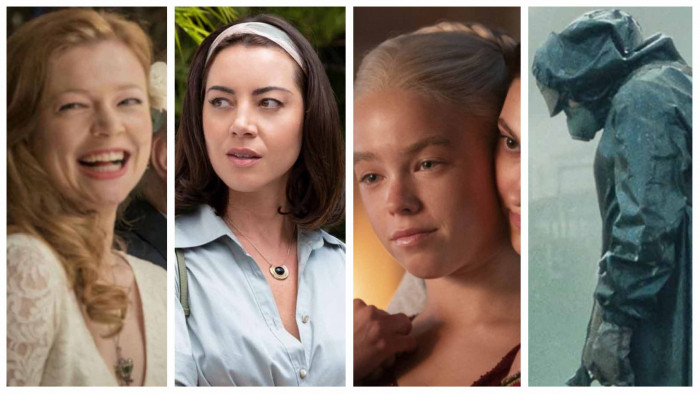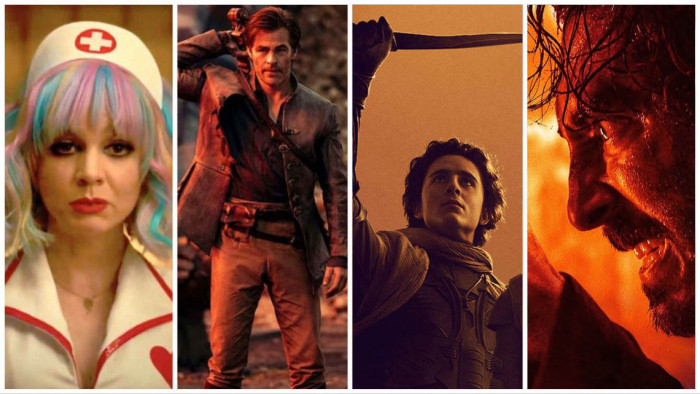'LGBTQ people don’t have all the answers': Queer Eye’s Tan France on how we’re all still learning
The Queer Eye star talks to ShortList about coming out, the ‘right way to be gay’ and LGBT stereotypes


As reboots go there aren’t many that can lay claim to being as successful as Netflix’s Queer Eye. Formerly a Bravo series relegated to the reality TV graveyard back in 2007 the show was rebooted by the streaming giants this year with a whole new line-up of presenters and very quickly became the ‘internet’s favourite show’, heading straight into Queer Eye season 2 with barely a pause to think.
We caught up with the shows fashion expert Tan France and here’s what he had to say…
I’m learning, too. I think a lot of straight people assume that because I’m gay I must understand all aspects of the queer community.
Even well-meaning stereotypes about our experiences can feel burdensome. A huge part of that is also addressing misconceptions about the gay community.
We had our first trans hero on Queer Eye this season. I’d never met a trans person before and although I’m really aware of some of the issues they face, the finer points that a person experiences physically and emotionally when they transition were often things I hadn’t considered.
There’s no right way to be gay. That’s something I think it’s really important to stress. There’s no right or wrong way to come out, either. Gay men can sometimes feel ashamed or chastised when the messaging is ‘Be out and proud!’ or ‘Just come out’. It’s not that easy. It certainly wasn’t for me.
“My sexuality and being a person of colour are both secondary to who I am as a person”
I only came out to one of my siblings at the start of the year before Queer Eye launched, and I’m a 35-year-old who already has a husband. Sexuality can be difficult to articulate and we have to be patient and compassionate.
Being ‘out and proud’ can feel like a real luxury of Western culture, where people are often white and see existing white gay people in their culture. They see themselves reflected, so they feel a sense of acceptance. That’s a kind of privilege people don’t know they possess.
I live in Salt Lake City, Utah. It’s one of the whitest states in the US, so it’s a little backwards. Quite honestly, though, I love it. It’s my favourite place on Earth. The people are really good people – they’re very sweet – and I get to represent so many versions of myself. That helps me push an agenda a little and spread the word. They get to meet a brown person and I can address misconceptions about the LGBTQ community.
I get so many emails from people in the Middle East or Africa saying, “Finally we’re seeing someone on our screens that we can relate to!” Our cultures are very similar. They’re often very strict, conservative and shame-based.
RELATED: What happened when we gave the Queer Eye treatment to iconic cinema slobs
My upbringing meant that I was in a unique place to help people on Queer Eye. I’ve had conversations many times in the past 10 years with people who have never met someone like me, from my background. From the start, I felt equipped to do the job, I was confident.
The team at Netflix said, “How would you feel, as a fish out of water?” and I said I wouldn’t feel like one at all.
Acceptance is about encouraging people to come over to my side of the street. And if they can’t do that, they can at least meet me halfway.
I am much more than who I like to sleep with. My sexuality and being a person of colour are both secondary to who I am as a person. I want people to understand way more about me than the fact I like to sleep with my husband.
But being brown and gay made coming out harder. If I were Caucasian, I would have found the process easier. I have to battle so many issues, and the biggest is racism.
Queer Eye Seasons 1 & 2 are on Netflix now
Latest
Related Reviews and Shortlists

